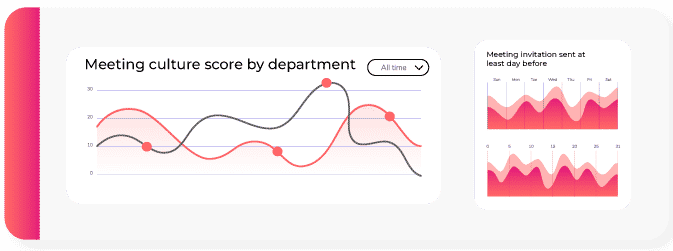Human resource (HR) departments play a critical role in any organization. They are responsible for attracting and retaining top talent, ensuring compliance with labor laws, and supporting the overall well-being of employees. With the rise of data and technology, HR departments are increasingly turning to HR analytics to make data-driven decisions that improve their workforces and drive business success.
Understanding HR Analytics
HR analytics is the systematic use of data, statistical algorithms, and machine learning techniques to identify and understand patterns and relationships in HR data. This data includes information on employees, such as demographics, job performance, turnover, and other HR-related metrics. By using this data, HR professionals can make informed decisions that improve their workforces and drive business success.
The Benefits of HR Analytics
There are many benefits to using HR analytics in your organization. Some of the key benefits include:
- Improved Decision-Making: With access to data-driven insights, HR professionals can make more informed decisions about their workforces, including hiring and talent management.
- Better Employee Retention: By analyzing data on employee turnover and satisfaction, HR departments can identify and address the root causes of attrition and improve employee retention.
- Increased Productivity: By using HR analytics to identify and address performance issues, HR departments can help increase employee productivity and drive business success.
- Enhanced Compliance: With access to data-driven insights on compliance with labor laws and regulations, HR departments can ensure that their organizations are in compliance and avoid costly fines and legal issues.
- Better Workforce Planning: By using data to understand employee demographics and trends, HR departments can plan for future workforce needs and make informed decisions about recruitment and talent management.
Key Components of HR Analytics
There are several key components of HR analytics that are essential for success. These include:
- Data Collection: HR analytics requires the collection of high-quality HR data from a variety of sources, including employee records, performance evaluations, and surveys.
- Data Management: This includes the process of cleaning, transforming, and organizing HR data so that it can be analyzed effectively.
- Data Analysis: This includes the use of statistical algorithms and machine learning techniques to identify and understand patterns and relationships in HR data.
- Visualization: This involves using visual aids, such as charts and graphs, to help HR professionals understand and interpret HR data.
- Reporting: This involves presenting the results of HR analytics in a clear and concise manner so that HR professionals can make informed decisions.
Best Practices in HR Analytics
There are several best practices that HR departments can follow to ensure they are getting the most out of their HR analytics initiatives. One of the most important best practices is to invest in high-quality data. HR departments need to have access to accurate, complete, and up-to-date data to make informed decisions about their workforce.
Another best practice is to have a clear understanding of the business objectives that HR analytics is intended to support. This will help to ensure that the right data is being analyzed and the insights generated are aligned with the overall goals of the organization.
Finally, HR departments need to be prepared to invest in the right tools and technologies to support their HR analytics initiatives. This includes both software and hardware, as well as the training and development of employees who will be using these tools.
Conclusion
HR analytics is poised to revolutionize the way companies approach their employees and make data-driven decisions that lead to a better, more productive workforce. With new trends and best practices emerging in 2023, there has never been a better time for HR departments to embrace this exciting field and start making a difference in their organizations.
FAQs
- What is HR Analytics? HR analytics is the use of data and advanced analytics techniques to make informed decisions about the workforce.
- What are the benefits of using HR Analytics? There are many benefits to using HR analytics, including improved decision-making, increased productivity, and the identification of areas for improvement.
- What are the trends in HR Analytics for 2023? Workforce budget saving is a thing in 2023 and the first place where companies turn to is their own people data




